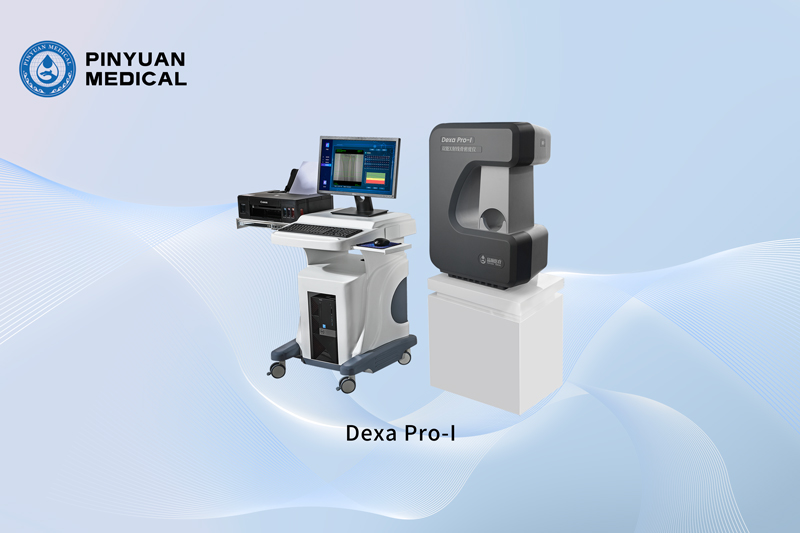For osteoporosis patients, can bone density increase after proper treatment? The answer is affirmative.
The substances lost in the bones are 80% collagen and 20% calcium. After bone loses the support of collagen, the bone structure begins to weaken, leading to osteoporosis. Therefore, maintaining bone health requires not only calcium but also the supplementation of mineral-based bone elements such as magnesium, zinc, copper, manganese, which are equally important.
Collagen is a component of human bone tissue, joint cartilage, epiphyseal cartilage, and trabeculae. Collagen is metabolized every day. When young, the ability to synthesize collagen is strong, and good results can be achieved with just calcium supplementation. However, after the age of 40, the body’s ability to synthesize collagen decreases, leading to significant collagen loss.
Osteoporosis is caused by the massive loss of collagen, resulting in bone damage in patients, manifested as joint pain, muscle cramps, muscle weakness, and difficulty in engaging in large physical activities.
When supplementation of calcium and lifestyle adjustments do not lead to improvement, medical intervention needs to be increased following the doctor’s advice. Proper rehabilitation exercises can be very helpful in increasing muscle strength and restoring bone health as far as physical condition permits.
Currently, non-surgical treatments are mainly used for osteoporosis treatment, with the usual treatment period lasting around 3-6 months. Regular check-ups are required during this period.
The bone densitometer is greatly helpful in the early diagnosis, treatment monitoring, risk assessment, and decision-making for osteoporosis. The DXA bone densitometer from Pinyuan with features of low radiation and microdose, equipped with forearm protection and remote operation design, contributes to the safety of both the subject being tested and the operating physician. Additionally, its short scan time and fast measurement speed make it suitable for screening a large number of individuals, enabling quick bone density assessments for doctors and patients, saving medical resources, and reducing waiting times.
Through these tests, doctors can more accurately evaluate a patient’s bone density status and create personalized treatment plans to help improve skeletal health.
Osteoporosis is closely related to bone density, and bone density testing is an important indicator to determine if a person has osteoporosis. During osteoporosis treatment, how can one determine if bone density is increasing?
1. Decreased frequency of leg cramps and alleviation of back pain symptoms;
2. No further height loss. Osteoporosis tends to cause a decrease in height to some extent. When an individual’s height stabilizes without further reduction, it may indicate an increase in bone density;
3. Quicker recovery after exertion. Faster recovery of physical strength and reduced fatigue after rest are signs of increasing bone density;
4. Bending posture improvement. Reduced degree of hunchback and less noticeable pain may indicate an increase in bone density.
Although osteoporosis is a common condition in aging individuals, it can be delayed through certain measures.
1. Gentle Exercise
For individuals suffering from osteoporosis, it is not advisable to engage in vigorous exercise. Gentle activities such as brisk walking, Tai Chi, Baduanjin, and other gentle exercises can help alleviate joint pain. Additionally, it is important to avoid activities like jumping and heavy lifting.
 2. Nutritional Supplements
2. Nutritional Supplements
Supplementing calcium in the diet is a cost-effective method. Moreover, consuming foods rich in bone collagen protein can enhance bone flexibility.
3. Sun Exposure
About 90% of the body’s vitamin D needs to be synthesized through the skin under the sun’s exposure. It is important to note that sun exposure through clothing does not help in calcium absorption. When sunbathing, it is advisable to avoid the peak hours of high ultraviolet radiation daily. Optimal times for sun exposure are before 10 am and after 4 pm.
Post time: May-08-2024




